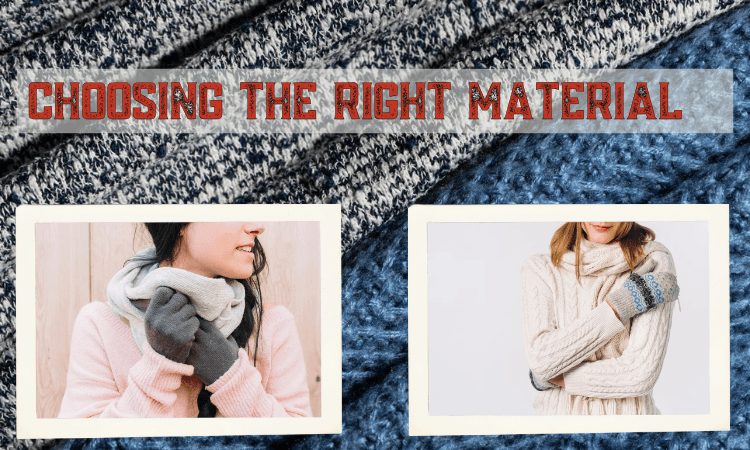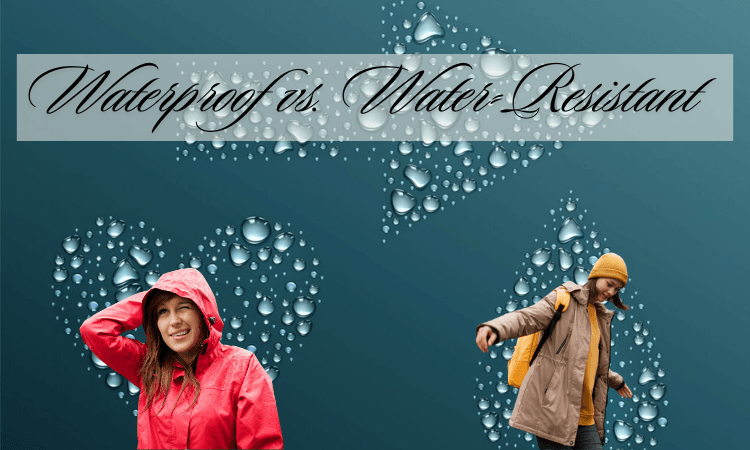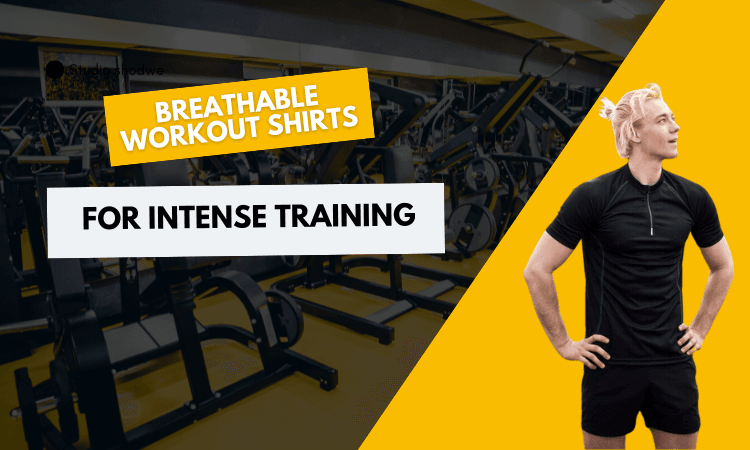When engaging in outdoor sports, proper clothing is just as important as the activity itself. The right layers ensure you stay comfortable, warm, and dry, allowing you to perform at your best regardless of the weather. This guide explains how to layer your clothing to prepare for any outdoor sport, from hiking to skiing.
Understanding the Basics of Clothing Layers
Layering your clothing involves wearing multiple pieces, each with a specific function. This strategy helps you adjust to changing conditions, ensuring you’re never too hot or too cold.

The Three Main Layers
The three key layers are the base layer, the insulating layer, and the outer layer. Each one serves a distinct purpose:
- Base Layer: Worn next to the skin, this layer pulls moisture away from your body to keep you dry.
- Insulating Layer: Traps body heat to keep you warm in cold conditions.
- Outer Layer: Protects you from the elements like wind, rain, or snow.
Why Layering Matters
Layering gives you flexibility to regulate your body temperature. You can add or remove layers based on activity levels or weather changes, which keeps you comfortable for longer periods.
Base Layer: Keeping Dry and Comfortable

The base layer plays a vital role in managing moisture. When you sweat, the moisture can make you feel cold and uncomfortable. A good base layer helps wick away sweat to keep your skin dry.
Choosing the Right Material
The material of the base layer is crucial. Wool, particularly merino wool, and synthetic fabrics like polyester are popular choices because they’re breathable and moisture-wicking.
- Merino Wool: Known for its moisture-wicking ability and temperature-regulating properties, merino wool is a great choice for staying comfortable during cold weather sports.
- Synthetic Fabrics: Lightweight and quick-drying, synthetic materials like polyester are affordable and durable, making them great for high-intensity sports.
Some good options for base layers include Under Armour’s ColdGear and Icebreaker’s Merino Wool Base Layers.
Fit and Comfort
The base layer should be snug but not tight. It needs to stay close to your skin for efficient moisture-wicking but must still allow free movement. A well-fitting base layer won’t restrict your range of motion during sports like hiking or trail running.
Insulating Layer: Retaining Heat
The insulating layer provides warmth by trapping heat close to your body. This layer is essential for staying comfortable in cold weather, especially in sports like skiing or mountaineering.
Material Choices for Insulation
When selecting an insulating layer, consider the material’s warmth-to-weight ratio and its ability to maintain warmth when wet. The most popular materials for insulation are fleece, down, and synthetic fills.
- Fleece: Lightweight and breathable, fleece is an excellent choice for layering in moderate cold. It’s perfect for active sports like hiking or cross-country skiing.
- Down: Known for its high warmth-to-weight ratio, down is ideal for extreme cold conditions but loses its insulating ability when wet.
- Synthetic Insulation: Synthetic jackets, such as the Patagonia Nano Puff, are excellent alternatives to down, especially in wet conditions.
For an insulating layer, look into Patagonia’s Nano Puff Jacket or Columbia’s Thermarator Fleece for their warmth and versatility.

Adjusting Layers for Temperature Changes
Depending on the weather conditions, you may need a thicker or lighter insulating layer. On colder days, opt for a thicker down jacket, while a lightweight fleece may be enough for milder conditions.
Outer Layer: Protection from the Elements

The outer layer is the final line of defense against the weather. This layer shields you from rain, wind, and snow, ensuring you stay dry and protected while remaining active.
Waterproof vs. Water-Resistant
Choosing the right outer layer depends on the conditions. If you’re heading into heavy rain or snow, look for a waterproof jacket. For lighter rain, a water-resistant layer will suffice.
- Waterproof Jackets: A good waterproof jacket keeps you dry even in the heaviest downpours. The North Face Resolve Jacket and Marmot PreCip Rain Jacket are excellent options that offer full waterproof protection.
- Water-Resistant Jackets: If you’re dealing with light rain or occasional drizzle, water-resistant jackets provide a good balance between breathability and weather protection.
Breathability and Ventilation
While it’s essential for your outer layer to keep you dry, it’s equally important that it allows sweat and excess heat to escape. Jackets with breathable fabrics like Gore-Tex and features such as underarm vents help regulate your body temperature, preventing overheating during high-intensity activities.
Wind Protection
If your outdoor sport involves high winds, like cycling or mountaineering, make sure your outer layer offers windproof protection. Jackets like the Arc’teryx Alpha SV Jacket are designed for extreme conditions, offering both wind and water resistance.
Additional Tips for Layering Success
Knowing how to adjust your layers during outdoor activities is key to staying comfortable and maintaining performance. Here are a few helpful tips for layering in different sports:
Layering for Specific Sports
- Hiking or Trail Running: Choose moisture-wicking materials for your base layer, and a lightweight fleece for insulation. A water-resistant outer layer is a good choice for light rain or wind.
- Skiing or Snowboarding: Opt for a thicker insulating layer, such as down or synthetic fills, and make sure your outer layer is waterproof to protect you from snow and moisture.
- Cycling: Choose a windproof outer layer and lightweight, breathable layers to maintain comfort during long rides.
Adjusting Layers During Activity
When you’re active, your body generates heat. As a result, you may need to remove a layer to avoid overheating. Always pack an extra layer in case the temperature drops or the wind picks up.
Avoiding Overheating
Overheating is a common issue during outdoor sports, especially in cold weather. To avoid it, always have a breathable base and outer layer, and don’t hesitate to shed layers if you’re working hard and generating heat.
Conclusion
Layering your clothing for outdoor sports is all about balancing comfort, protection, and flexibility. By using the right combination of base, insulating, and outer layers, you can ensure that you’re ready for any weather condition, from chilly winds to heavy rain. Remember to choose quality gear that fits well and suits your sport, whether you’re hiking in the mountains or skiing down slopes.
Investing in well-designed layering options from trusted brands like Under Armour, Patagonia, and The North Face will make a big difference in your outdoor experience. With the right layers, you can focus on your sport, not on the weather.



